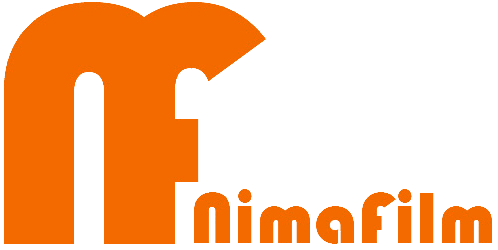Iranian Kidney Bargain Sale
Background
On streets and in town squares, young girls and boys can be seen with signs offering their kidneys for sale. One of them reads: Immediate offer! Kidney for sale, young man, 22, healthy, blood type O positive. Tel. 09122… Every ten minutes, a young person wishing to sell his or her kidney appears at the entrance of one of the official kidney referral agencies. These are quite ordinary people, victims of the social misery resulting from the socioeconomic policies conducted by the Islamist regime for more than a quarter of a century. These policies have affected all levels of society and led to entirely unintended phenomena and systems. The film describes one of these phenomena. The film takes place at the kidney referral agency and at the clinic which is to be the centre of the progression of events. In unique footage, the film closely follows each step of the process of the organ trade. We meet the central characters from their first encounter at the kidney referral agency, then further into the process and finally to their operation and the removal of their kidneys. We meet other characters just for a short while in the sequence of events, as they all contribute a part to the bigger picture of an absurd trade, in which people buy and sell body parts as if they were any marketable commodity. The film Iranian Kidney Bargain Sale follows both seller and buyer.
The Film
The clinic and the referral agency are full of people. The agency receives a steady stream of people wishing to sell their kidneys. Prices are enquired about and haggled; some become upset at the poor payoff and leave in anger. One man wishes to sell because his child has received burn damage, and he requires money for healthcare. Another wants to know why he has not received the $1,250 he is due from the state. A third shouts: “They want it practically for free – they think I’m selling meat…” The sellers try to obtain better prices; others are disappointed at the low rates. On different floors inside the clinic, in the narrow, drab corridors, people are waiting in line, either to fill in forms, answer questions, undergo tests or be X-rayed, and finally to be operated on. Activity is intense, bordering on the chaotic. Registers are filled in, photographs of patients are pasted to small cards, and the telephone rings ceaselessly.
Two of the characters we encounter in the film are Mehrdad, a seller, who is 23, and Shiva, who is 27, and needs to buy a kidney and Sohaila, a young woman who is a seller. Mehrdad was working as a project employee for two years, had a stable income, and therefore thought he could afford to get married. Barely a year ago, he lost his job and landed in a financial crisis. His attempts to find a new job were fruitless. The debts from his wedding were still unpaid. Moreover, the pile of unpaid rent bills just kept growing. Mehrdad ended up in a nightmarish situation, where debt just kept mounting. He decides to sell his kidney, and counts on receiving around $7,500 to $8,700 for it. However, at the agency, he is told that the number of sellers has increased so drastically over the past year that prices have plummeted, and moreover, there are plenty with blood type A positive, which is his blood type. This will bring the price even further down. He is offered $3,700. But Mehrdad insists – if he can at least get another $630, his debts will be cleared. Mehrdad becomes desperate, and wonders how he could have landed in such a situation. The buyer, Shiva, is 27. She has previously received a kidney transplant, but it stopped functioning after two years. Her father is still paying the debt from the first transplant. The state is to pay Mehrdad $1,250, and Shiva has agreed to pay him $3,000. Her father keeps playing for time and tries to delay the operation. Nobody knows why. Mehrdad is very annoyed at him as he is in a hurry to pay his debts. Over the course of the process, Mehrdad has got to know Shiva, and a strong friendship has blossomed between them. Therefore, Mehrdad decides to give his kidney to Shiva and get paid after the transplant, but before he leaves hospital. Soon to be anaesthetised, Mehrdad lies in his hospital bed. Disconsolate, he cries in anticipation of the operation….
Sohaila, a well educated woman, 27 years of age tells us her story about what leads her to sell her kidney. It’s a story about a system where women are prey by constitution. Raped in early age she flees into a marriage with a psychologically disturbed man. To get a divorce she has to borrow money and buy herself free, a freedom which is imaginary even though she gets a good position in a computer company and is able to pay the interest of the loan, faith caches up on her. Her abusive stepfather is now about to sell the elder of her half sisters, who already tried to commit suicide, to a crippled considerably older man. Sohaila decides to take care of her two half sisters. Meanwhile the half of the loan which was private has to be paid of immediately. Sohaila face a situation where social authorities waves her away in spite of her impossible situation with hints that she always could sell her body. Sohaila refuses to do so but she still have to sell a part of it – her kidney.
Director: Nima Sarvestani
Producer: Malla Grapengiesser
Photography: Zare Zahraie
Editing: Bernhard Winkler & Kaveh Akaber
Production manager: Aidin Zolfaghari
